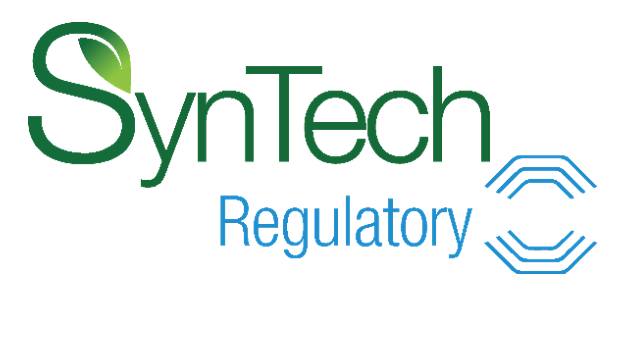Biostimulants Bright Future
For years, advocates of plant health technologies — often considered growth and vigor promotion technologies by regulatory organizations — touted their promise, largely unheard by the general agricultural community. Though there are still a number of challenges and issues to address as the segment continues to grow, plant health products seem to have shed their once questionable reputation and been embraced by major manufacturers of traditional crop protection products.
“It isn’t only the smaller, startup, or midsize companies investing heavily in the technology; the largest investors are the big traditional crop chemistry players,” says Dave Lanciault, president and CEO of Agricen Sciences, an applied sciences research company leading the development of novel microbial and biochemical solutions for plant nutrition and health.
Though there are no definitive analyst reports, estimates put the size of the plant health markets at $1 billion to $2 billion. According to Lanciault, the segment is expected to grow 20% to 25% over the next five years, suggesting a $2 billion to $2.5 billion-market by 2020.
“That sounds like a big number, but on a global basis, just compared to the global fertilizer industry, it really is not,” Lanciault says. “We’re at the 5% end of the market in terms of adoption and use, not the 50% end.”
Challenges and Opportunities
Despite growing in popularity, the relatively young segment faces some obstacles.
“The first step in legitimacy is to be able to call it what it is and describe the technology cohesively and coherently,” Lanciault says. Once that is done it will be easier to promote the value of that technology on that basis.
Europe and the U.S. are the leaders in thinking about how to grow the category and bringing clarity to the regulatory environment.
The EU is closer to finalizing its regulatory process, which includes deciding how biostimulants and other plant health products will be viewed.
“Our hope is they’ll take another look at how to define a term in there called ‘nutritional chemicals,’ ” says David Beaudreau, executive director of the Biostimulant Coalition. “Nutritional chemicals are exempted from pesticide registration. We maintain that biostimulants are not pesticides. They’re separate from fertilizers; they’re separate from pesticides. There really should be a third category for them.”
Lanciault agrees there needs to be some regulatory clarity. Last year he attended a seminar that included regulatory representatives from EPA, U.S. states, and analogous bodies in Canada.
“I’m encouraged by it,” Lanciault says. “It’s nice to see that all of the parties relevant to putting a solution in place are beginning to treat it as a priority. That’s happening in both Europe and the U.S. The precedents that get set there are going to set the tempo for the rest of the world.”
All stakeholders — growers, manufacturers, regulators, or other members of the agricultural community — must have a common understanding when it comes to definitions, Lanciault says. That begins with regulatory agreement.
Growing the Industry
The next step is to grow the segment and that will require education and outreach, Lanciault says. Growers need to “understand the components of the technology well enough to know how it fits in with their established practices, how it can complement, enhance, or accelerate the value of those practices, how it translates into an economic value proposition.”
The challenge manufacturers face is to explain how biostimulants fit seamlessly into what growers already know so that they can see that it enhances the investments they’re already making. “We have to make it easy for them to adopt,” Lanciault says.
Plant health products have been primarily found in high-value specialty crops. Making the leap to row crops would certainly be a huge boost for suppliers. But for that to happen, Lanciault says, “we’re going to have to be able to deliver that technology to the acre at a cost that the grower can afford and get the economic investment that they’re looking for.”







